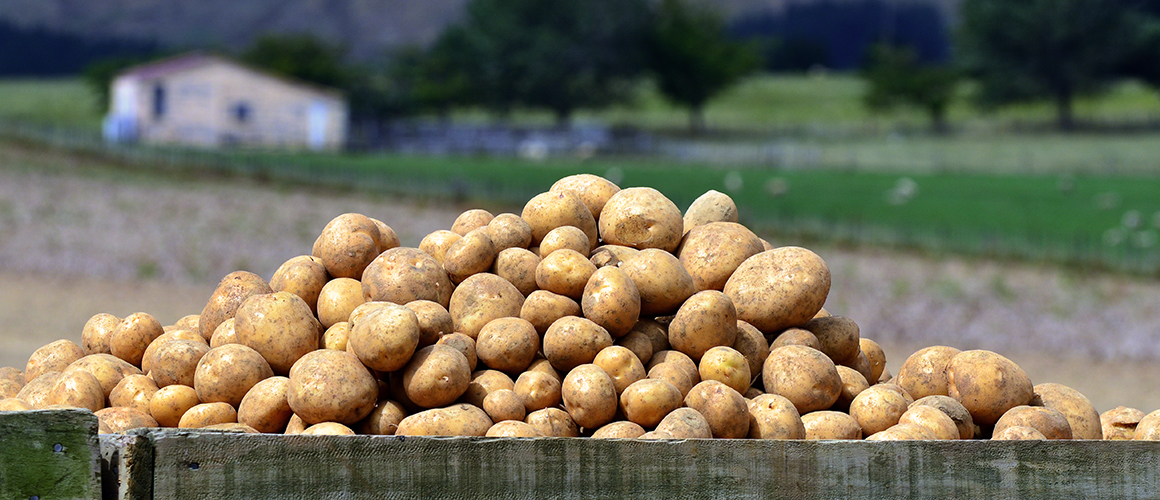
A fresh approach to extending the shelf life of broccoli
6 August 2019
Vegetable leafminer under the microscope
6 August 2019Former University of Adelaide students Millie Shinkfield and Sophie Riley chose to focus on value-added potato projects during their Honours studies. These included dips, buns and ice-cream.
Former University of Adelaide students Millie Shinkfield and Sophie Riley completed their Bachelor of Food and Nutrition Science degrees in 2015 and 2017 respectively, and both chose to focus on value-added potato projects during their Honours.
Millie and Sophie were keen to gain knowledge in food technology rather than nutrition and dietetics research, as they were both interested in the technology components of their Bachelor of Food and Nutrition Science degree and wanted to pursue this area further. The opportunity arose to conduct a potato project as part of their Honours, which Millie began in 2016-17 and Sophie continued in 2018, and they were intrigued by the innovation aspects and benefits to the local community.
Millie’s project aimed to examine the attributes of four potato cultivars grown in South Australia, and explore the potential products in which each variety could be used.
Once the standardised method of cooking and mashing/puréeing potatoes was perfected, Millie measured changes in colour, pH, texture (pressure output from a standard probe), and moisture over five weeks’ storage.
“The suitability of each potato cultivar in a dairy-free dip product was then explored. Further from Honours, I worked for the FOODplus Research Group to continue exploring applications for potato purée. This included potato buns, gluten free buns, wheat and gluten free crackers, gnocchi and savoury pies,” Millie said.
Sophie continued this research by using the potato purée to create a basic ice cream base, which presented its challenges.
“We first incorporated the potato purée at a very high percentage to see how much we could utilise the purée to reduce waste,” she said. “However, due to the high starch and water content in the potato, the ice cream came out rock hard! As customers desire a fluffy, creamy and soft ice cream, we then decided to incorporate the potato at 0/10/20 and 30 per cent of the total. From here, we formulated the ice cream and conducted physical, chemical and sensory analysis of the iced dessert.”
During the project, Millie found there were big differences in certain aspects of the potato cultivars, which combined with the existing knowledge that some varieties are better suited to certain cooking methods than others.
“Overall, the white skinned potato was found to have the best versatility, but all performed well in the dip products (they did not split from the oil, were glossy and had good flavour).”
For more details, please contact Dr John Carragher from the University of Adelaide, Food Innovation School of Agriculture, Food and Wine at john.carragher@adelaide.edu.au or Potatoes South Australia Chief Executive Officer Robbie Davis at robbiedavis@potatoessa.com.au.
The full article can be found in the June/July edition of Potatoes Australia, the leading magazine for the Australian potato industry.

